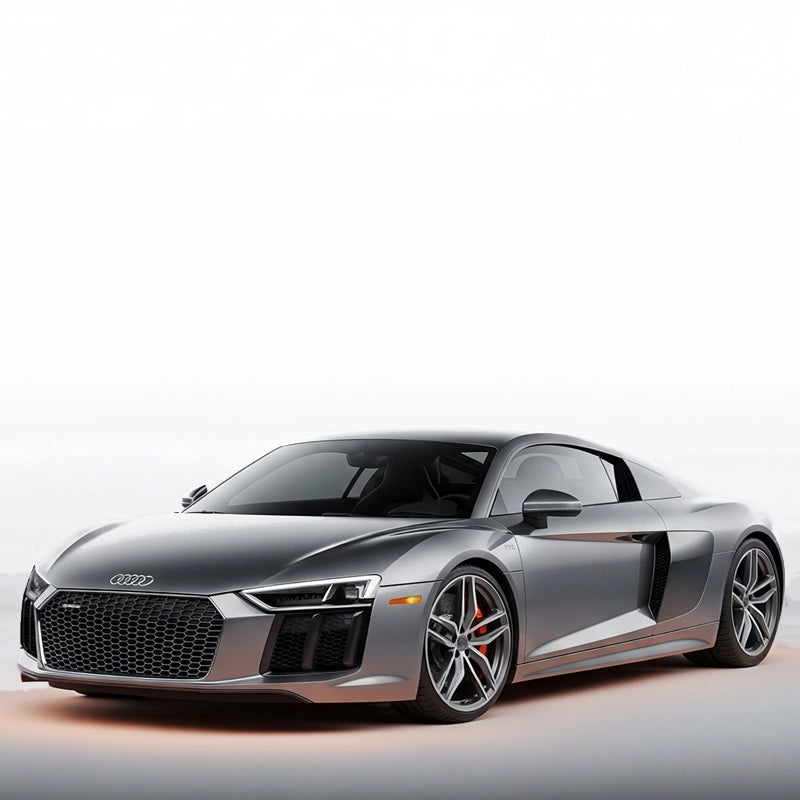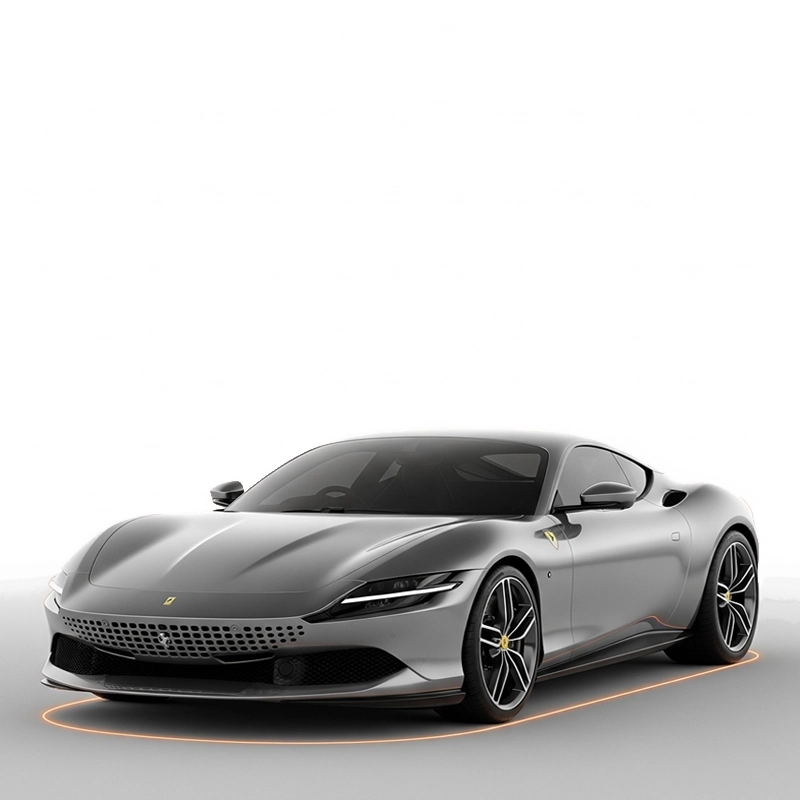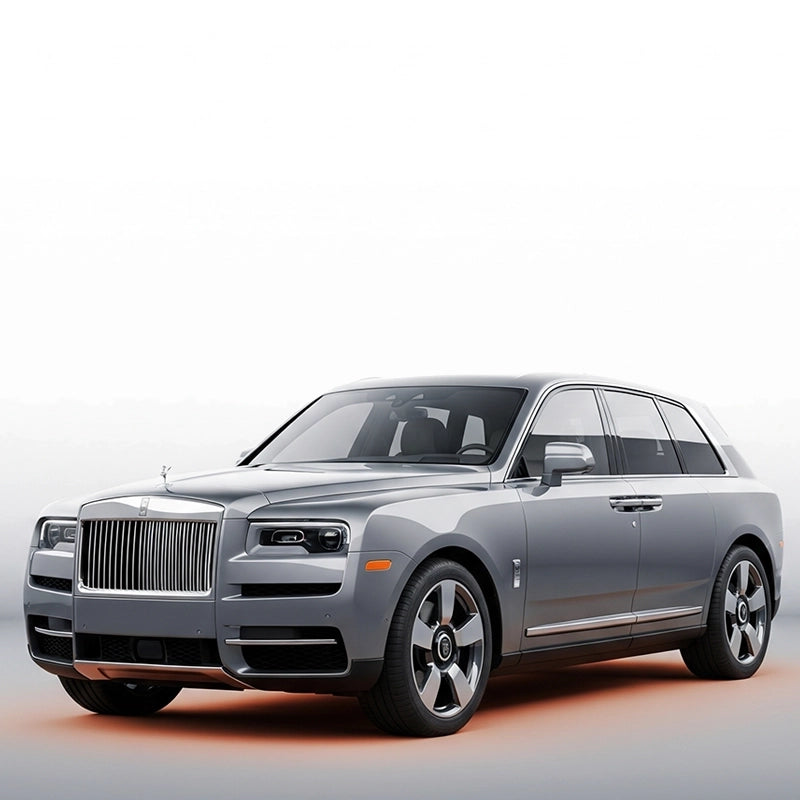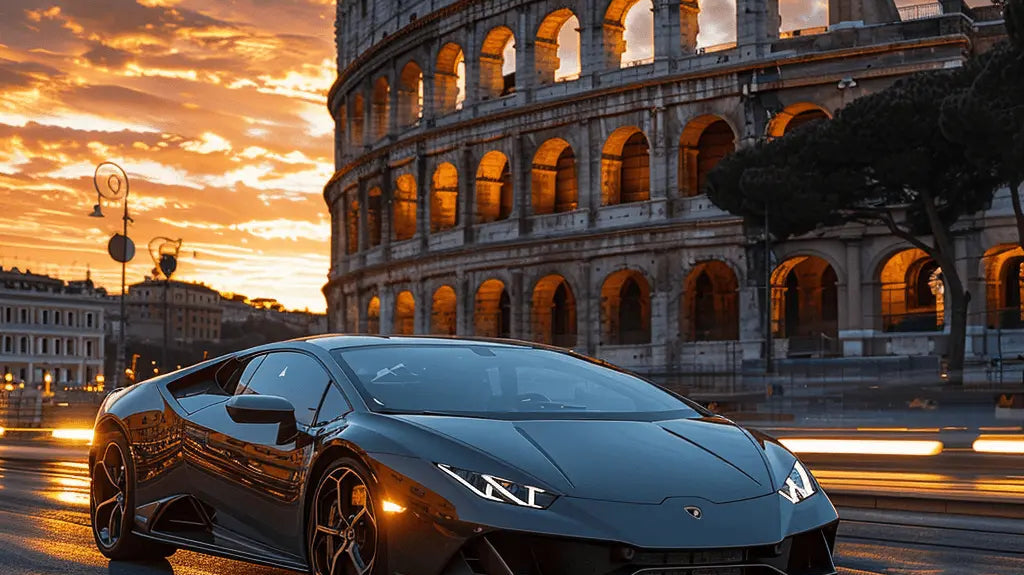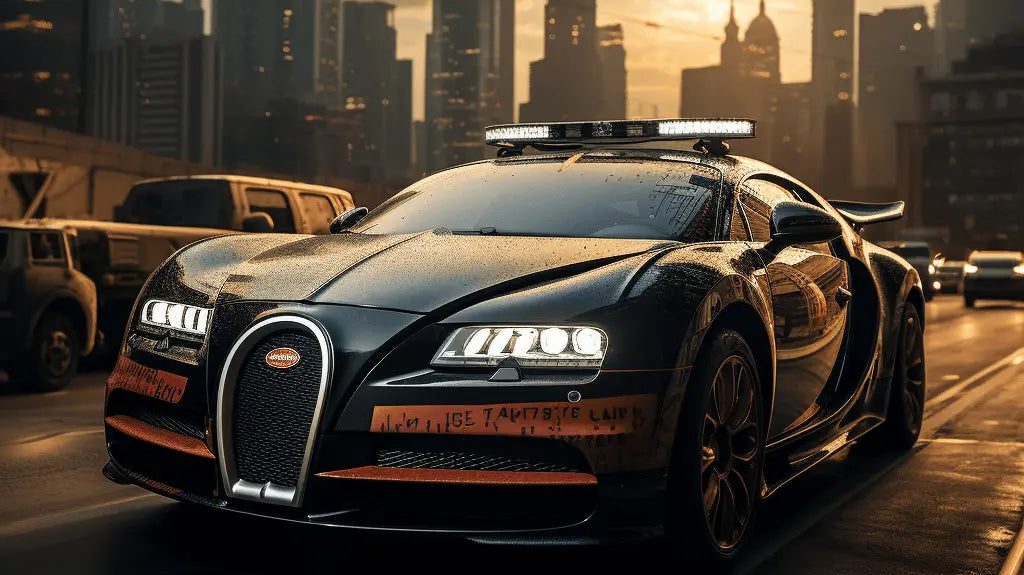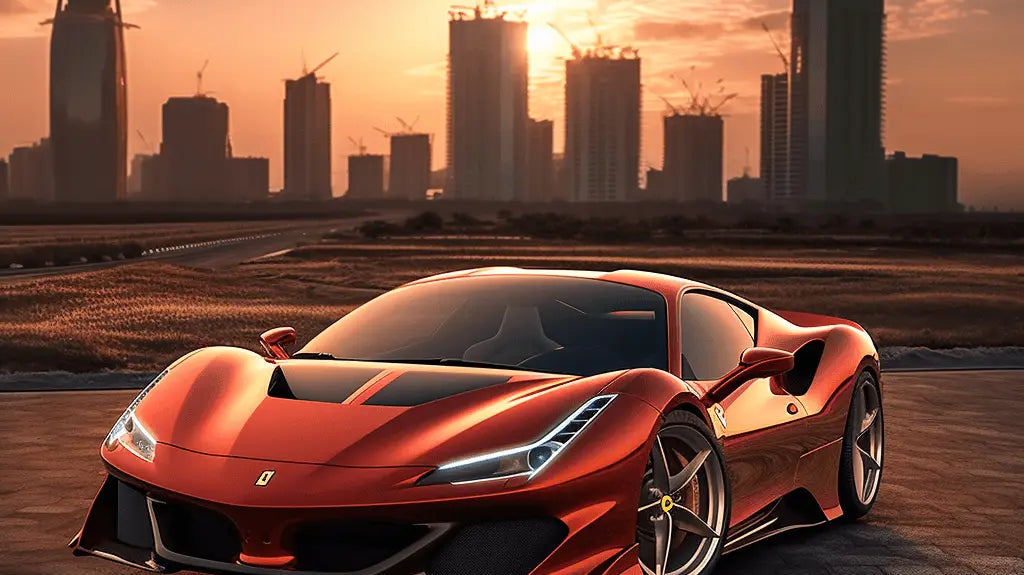The Evolution of Electric Cars: A Journey Through Time
I still remember the first time I slipped into an early EV on a frosty morning, pressed the start button, and heard—well—nothing. Electric cars can be eerie like that. But they’ve also become the most exciting corner of the car world. From clunky 19th-century experiments to sleek modern EVs that can out-drag supercars, the evolution of electric cars has been a wild, very human story—one I’ve watched unfold from the driver’s seat, grid to grid.
In 1900, electric cars made up roughly a third of all vehicles on American roads. Range anxiety existed then too—mostly in the form of short city commutes and nonexistent chargers, which were called “plugs” back then… because that’s exactly what they were.

Early Electric Cars: Sparks in the 1830s
The origin story of electric cars starts in 1832 with Robert Anderson’s electric carriage. Primitive? Completely. Rechargeable? Not really. But it planted a seed. By the late 19th century, city streets saw tidy, silent runabouts gliding along while their petrol rivals barked and smoked. The idea was right; the tech just needed time (and better batteries).
Electric Cars in the 1990s: GM’s Quiet Moonshot
Jump to the 1990s, and the General Motors EV1 arrives like a UFO in a world of carburetors and chrome. I drove one years later on a short demo—low slung, laser-focused, and weirdly futuristic. A 140-mile range in ideal conditions was headline stuff back then. Availability was limited, the charging network was a patchwork, and its recall-and-crush end became the stuff of documentaries. But the EV1 proved something vital: electric cars could be genuinely desirable.
Tesla and the Moment Electric Cars Learned to Run
Fast-forward to 2008 and the original Tesla Roadster. I remember the first full-throttle squeeze: instant torque, no shifts, just a clean, relentless surge. Over 125 mph, around 245 miles of range—numbers that finally put electric cars on the same spreadsheet as sports cars.

Then came the Model S in 2012, the EV that crashed luxury’s velvet rope. Big range, big speed (later Performance versions cracked 0–60 mph in under 3 seconds), and a tech-forward cabin that made German sedans feel suddenly… old. I did a multi-state run in a Model S a few years back: Boston to D.C., kids squabbling in the back, playlists on loop, and Superchargers doling out caffeine for both car and driver. It made the case for electric cars like nothing else at the time.

Living With Electric Cars: The Good, the Quirky, the Quiet
Day to day, modern electric cars are easy company. Overnight charging means leaving home with a “full tank.” The ride is often plush—on rough roads, I noticed the extra battery weight actually calms the body motions. And the silence? It’s luxury-adjacent. Quiet enough to hear your kids arguing about who touched whose fries.
- Instant torque: think rollercoaster launch, without the nausea.
- Low running costs: roughly 3–5¢ per mile on average electricity rates.
- One-pedal driving: strong regen braking you get used to—and then miss in gas cars.
- Software updates: new features magically appear overnight. Sometimes bugs do too, if we’re honest.
Precondition the cabin while plugged in on winter mornings. You’ll step into a warm car and protect range—your battery will thank you.
The Global Shift to Electric Cars
Today, nearly every major automaker builds EVs—premium SUVs, city runabouts, even electric pickups—and public charging is spreading faster than my kids’ soccer schedule. Governments are sweetening the deal with tax credits, rebates, and low-emission zones. The tipping point? We may already be there in parts of Europe and China, and it’s getting closer in North America with each new fast charger and every 300-plus-mile EV that hits the road.
Electric Cars vs. Hybrids vs. Gas: Quick Reality Check
| Category | Electric Cars (EV) | Hybrid | Gasoline |
|---|---|---|---|
| Typical range | 220–400+ miles | 500–600 miles | 350–500 miles |
| Refuel/Recharge | 30–40 min DC fast charge to ~80%; overnight at home | 5 min gas stop | 5 min gas stop |
| Running cost per mile | ~3–5¢ (electric rates vary) | ~8–12¢ | ~12–20¢ (fuel prices vary) |
| Maintenance | Low (no oil changes, fewer moving parts) | Moderate (engine + electric bits) | Moderate to high |
| Emissions | Zero tailpipe; depends on grid mix | Lower than gas | Highest |
Do Electric Cars Really Help the Planet?
Short answer: yes—especially over the full ownership cycle. Electric cars produce zero tailpipe emissions, and as the grid gets cleaner, lifetime CO₂ drops further. Even accounting for battery production, multiple independent studies show EVs generally beat comparable gas cars on total emissions. Are there caveats? Sure. Cold weather trims range, and not every charger works perfectly every time (ask me about that late-night station that decided it needed a nap). But the trajectory is clear—and getting better.
The Role of Autowin: Small Details, Big Daily Wins
It’s funny—people obsess about kilowatts and 0–60 times, then track mud into their brand-new premium EV. Accessories matter. I’ve seen the difference a well-made mat makes after a ski weekend or a beach run. Autowin focuses on premium floor mats tailored for electric cars, which, in my world, is the sort of practical upgrade you appreciate every single day.
Why Autowin E‑Shop Works for EV Owners
- Precision fit: Mats shaped exactly to your EV’s footwells—no curling, no slipping.
- Exceptional quality: Durable materials that don’t look “rubbery rental” after one season.
- Customization: Colors and patterns to match your vibe—or your paint.
- Protection: Keep salt, sand, and coffee off your original carpeting (resale value says thanks).
- Easy online shopping: Order from Autowin and get them delivered without leaving the couch.
Conclusion: Electric Cars Are Just Getting Started
From Anderson’s first spark to today’s road-trip-ready EVs, the evolution of electric cars has been anything but linear—more like a winding mountain road with spectacular views and the occasional pothole. But the destination is worth it: quieter cities, cleaner air, better tech, and cars that make every commute feel a touch more futuristic. If you’re joining the movement, sort your charging plan, pick the range that fits your life, and don’t forget the simple stuff—like floor mats from Autowin—that make living with an EV even easier. The best chapters of electric cars? They’re still being written.
FAQ: Electric Cars, Answered
- When were electric cars invented? The first electric carriage appeared around 1832, with broader experimentation through the late 1800s.
- How far can electric cars go today? Most mainstream EVs offer 220–350 miles, with some premium models exceeding 400 miles.
- How long does it take to charge? At home on Level 2, think 8–12 hours for a full charge. DC fast charging adds roughly 100–200 miles in 20–30 minutes, depending on the car and charger.
- Are electric cars cheaper to maintain? Generally, yes. No oil changes, fewer moving parts, and less brake wear thanks to regenerative braking.
- Do batteries degrade quickly? Most modern packs lose capacity slowly—often around 2–3% per year depending on climate and use. Many carry 8-year warranties.

